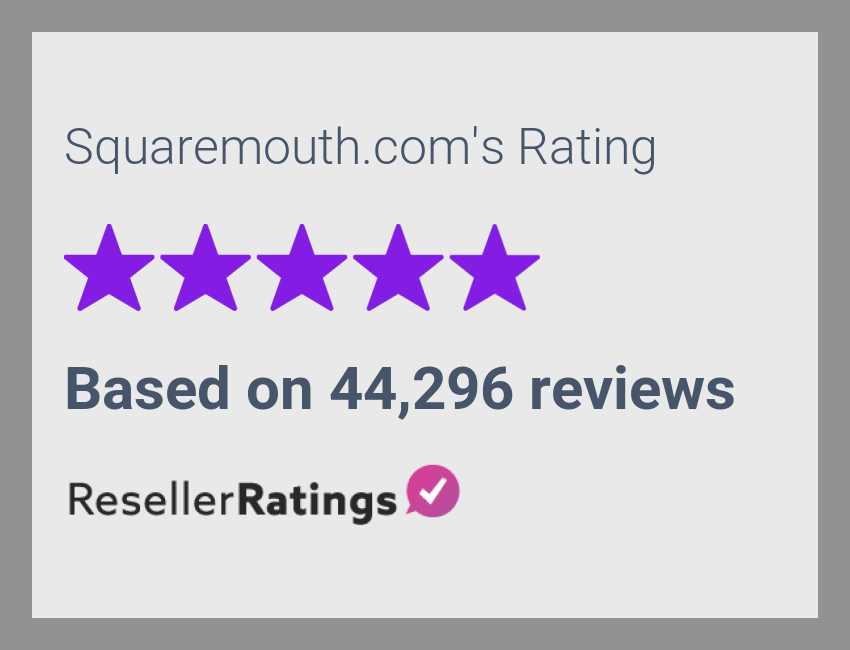
Many employers see health insurance as an important part of their overall compensation. For the past 10 years, however, these benefits have been increasing in price. There are many reasons for this, including rising deductibles, higher prescription drug costs, and increased health system pricing. These trends are driving premiums to rise and depressing wages. Many employers are frustrated with increasing costs and administrative burdens. Some are looking for non-wage alternatives.
Wearable devices are being increasingly used by employers to support wellness programs. A survey showed that nearly half of all employers store data about employees' wearable devices. Although the main driver of the market for health insurance is price increases, employers are now looking at other payment options to keep their employees healthy.
The Congressional Budget Office predicts that in the next ten-years, the number Americans who receive health coverage through employer-sponsored programs will remain at the current 159 million. The tax-favored alternative to health insurance is still available. Nonetheless, the cost of single coverage will be more than 9.86 percent of household income in 2019.

Premiums include not only the cost for health insurance but also the cost of deductibles. An estimated 25% of workers in the United States have a minimum $2,000. A quarter of American workers have a deductible of at least $2,000. This is why many companies choose to self-insure their employees. The self-insured policy saves money when there are fewer claims. Employers are responsible for paying extra if the claim is larger than they expected.
Small group rates are determined based on the employees' age. Massachusetts's average annual wage for workers under 25 is $1186, while Massachusetts's average annual rate for those over 25 is $6,896.
Larger employers are able to control the plan coverage. Most large employers offer a biometric screening to their employees. They offer a health and wellness program to encourage employees to see lower-cost doctors. Similarly, employers in the public sector can customize health care plans to meet their needs.
The Affordable Care act will allow employers with 51 to 100 employees to enter a merged insurance market for 2016. These employers will pay premiums that can go up to 9 %. State governments are also required to set a rate annually. A $3,480 penalty is imposed on those who do not offer affordable plans.

Small employers are required to contribute additional funds to subsidize workers' health insurance in order to comply the ACA. Massachusetts's example is Massachusetts. Employers are expected to contribute $50/year per employee.
Despite these requirements, the number of employers offering health insurance continues to decrease. After a decade of rapid increases, many small employers are frustrated with the uncontrollable cost of benefits. While most employers do not see an increase in their health insurance rates, some find it difficult to retain staff.
The difficulty of keeping employees on board is growing as the unemployment rate continues to be low. This is a problem for employers. Employers who don't provide health insurance for their employees will be subject to a $2,320 penalty per employee. You can also face thousands in fines if you fail to comply COBRA. This law requires employers offer ongoing health care to their employees.